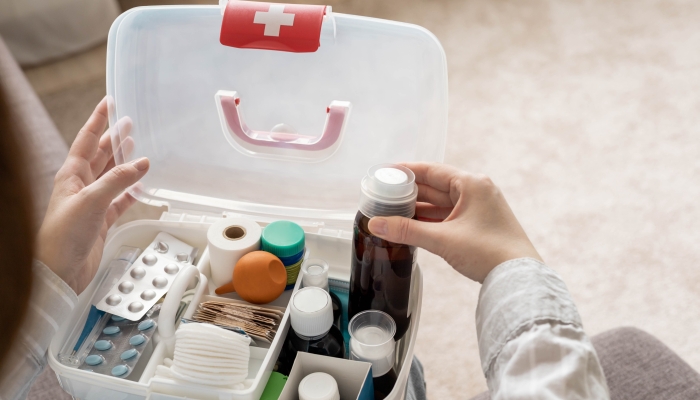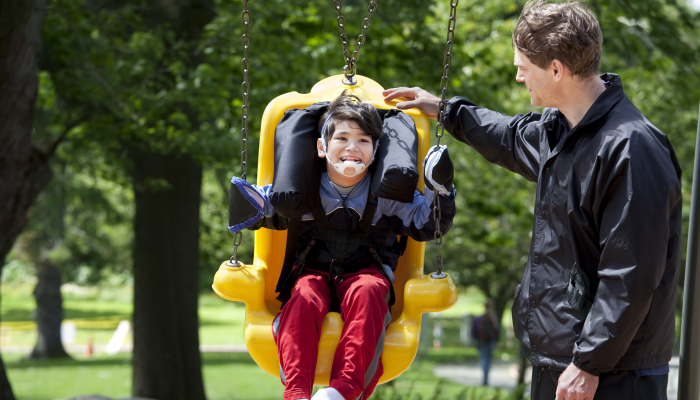
Product Reviews
4 Best Infant First Aid Kits
Having a high-quality and well-stocked infant first aid kit can give you peace of mind and confidence in your ability to care for your kids at home.

Health & Nutrition
Boosting Immunity in Kids: 3 Tips for a Healthy Winter
Parents can help boost their kids’ immunity during cold and flu season by maintaining healthy eating, sleeping, and exercising habits in the winter.

Health & Nutrition
Flat Head Syndrome and Torticollis: What You Should Know
Torticollis, or tight muscles in the neck, may cause your baby to have a flat spot on their head that needs to be assessed and treated by a physician.

Eye Conditions and Syndromes
Does Screen Time Affect Kids’ Vision?
Too much screen time can affect kids’ vision by causing eye strain, blurred vision, dry eyes, and even nearsightedness in children and adolescents.

Health & Nutrition
Baby Skin Care: 5 Tips for Preventing Rashes and Irritation
Using unscented soaps and detergents, keeping your baby’s skin dry, and choosing moisturizer carefully will protect your baby skin.

Behavior
4 Signs of a Socially Awkward Child
All children have moments of awkward behavior, but some children have more difficulty in social situations than others and may struggle to make friends.

Sensory Activities
How to Build a Calm-Down Kit for Kids
A calm-down kit is a box or area that contains a child’s favorite calming activities. Items should be safe and encourage independent play.

Behavior
6 Ways to Address Mood Swings in Children
Mood swings in children can be managed by establishing a routine, teaching coping skills, setting clear boundaries, and modeling appropriate behavior.

Fine and Gross Motor
Are Push Walkers Bad for Babies?
Push walkers were created to help babies learn to walk. However, research shows that walkers may actually slow your baby’s progress.

Behavior
My Toddler Keeps Tilting His Head to His Shoulder. Should I Be Worried?
Head tilting in toddlers is often due to torticollis, or tight neck muscles on one side. This can usually be corrected with physical therapy.

Special Needs
What Does “Sensory-Friendly” Mean?
Sensory-friendly environments help children with sensitivities to sounds, smells, textures, movement, and other types of sensory inputs.

Play, Special Needs
Inclusive Playgrounds: How To Create Play Spaces for Children of All Abilities
Inclusive playgrounds should involve the community in planning and be designed with accessibility, inclusive social play, and safety in mind.

IEPs, Potty Training
7 Sample Toileting IEP Goals
Toileting IEP goals should address the specific needs and abilities of each child. Be flexible and patient as your child works on their toileting skills.

Special Needs
7 Tips for Traveling With a Medically Complex Child
Traveling with a medically complex child is easier with the right medical equipment, accessible accommodations, and good emergency planning.

Feeding and Eating, Special Needs
Feeding Therapy Approaches for Infants with Special Needs
Many children with special needs have feeding difficulties. Working with a speech therapist, being patient, and experimenting with textures can help.